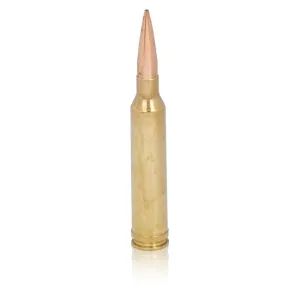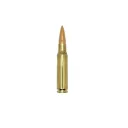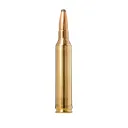Head to Head Comparison


0 Reviews
0 Reviews

0 Reviews
0 Reviews


0 Reviews
0 Reviews

0 Reviews
0 Reviews
MSRP:
$0.00Used Price:
$0.00New Price:
$0.00MSRP:
$0.00Used Price:
$0.00New Price:
$0.00Height
2.50
2.04
Average FPS
3024
2827
Average Grain
153
138
Average Energy
3106
2448
Recoil
2.06
1.80
Ballistic Coefficient
462.90
434.71


.308 Winchester (7.62mm NATO) vs 7mm Remington Magnum


7mm Remington Magnum vs 7mm Remington Ultra Magnum


.300 Remington Short Action Ultra Magnum vs 7mm Remington Magnum


.257 Roberts vs 7mm-08 Remington


.280 Remington vs 7mm-08 Remington


.284 Winchester vs 7mm-08 Remington


.260 Remington vs 7mm-08 Remington


.308 Winchester (7.62mm NATO) vs 7mm-08 Remington


7mm-08 Remington vs 7mm BR